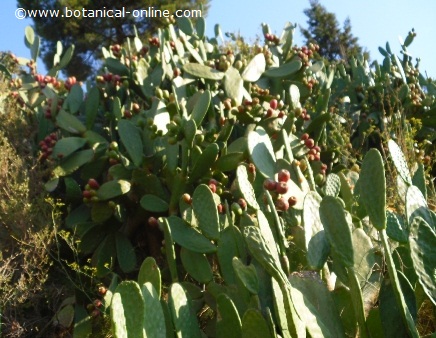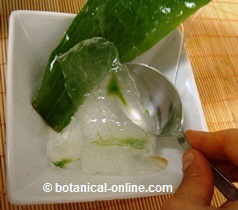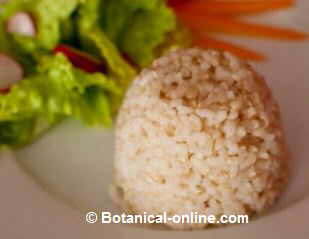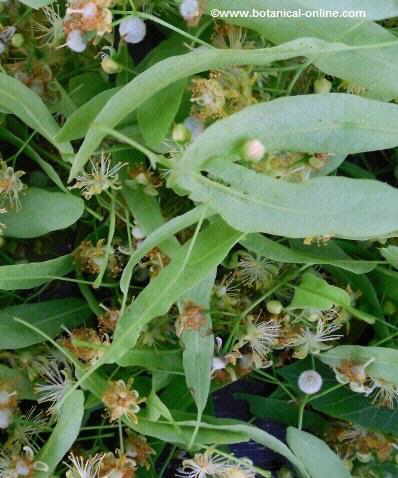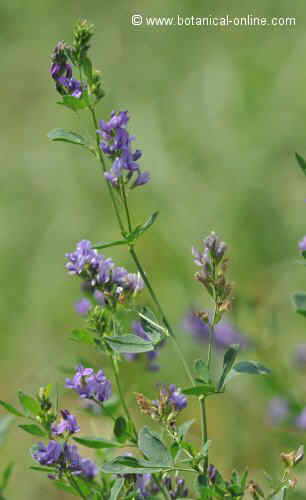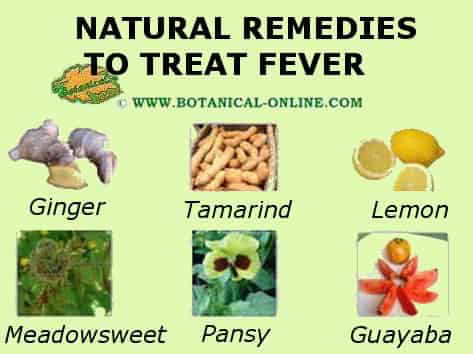Contents
- 1 Benefits of eating beets with anemia
- 1.1 PROPERTIES OF BEET FOR ANEMIA
- 1.2 Why is beet so good for anemia?
- 1.3 Beet for the formation of red blood cells
- 1.4 Beetroot to clean the blood and take care of the heart
- 1.5 Is beet very rich in iron?
- 1.6 Traditional remedy for anemia
- 1.7 Beetroot to diagnose iron deficiency?
- 1.8 Do not combine beets with iron-rich foods
- 1.9 Tips for anemia and eating beets
- 1.10 How to take beets for anemia?
Benefits of eating beets with anemia
PROPERTIES OF BEET FOR ANEMIA
Why is beet so good for anemia?
Beet , red beet or beetroot (Beta vulgaris) is a vegetable traditionally considered an excellent antianemic.
Although its iron content is not very high, so is its contribution in folic acid and nutrients that help stimulate the production of red blood cells.
It is a traditional remedy for anemia very useful and it is considered that, apart from its vitamins, it must have some other component or antianemic mechanism, still unknown.
Beet consumption is very interesting for women during pregnancy and in case of heavy menstruation.
Beet for the formation of red blood cells
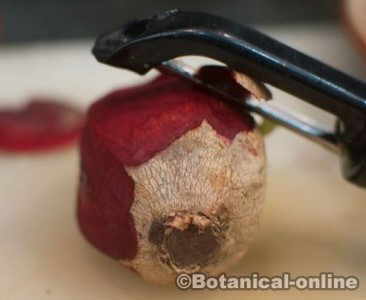
Photo of boiled beet, about to be peeled
Beet is one of the foods with the highest amount of folate or folic acid (vitamin B9).
This vitamin is very important because it is only found in vegetables and it is essential to produce red blood cells.
The deficit of folic acid produces megaloblastic anemia, produced by having few red blood cells, being these of abnormally large size (increase in MCV or mean corpuscular volume).
Beetroot to clean the blood and take care of the heart
In addition to producing erythrocytes or red blood cells, another function of folic acid is to clean the arteries by reducing homocysteine levels in the blood, which reduces the risk of cardiovascular accidents such as stroke and heart attack.
All this is very suitable for pregnant women, since during pregnancy there are higher requirements for folic acid and increases the pressure on the cardiovascular system.
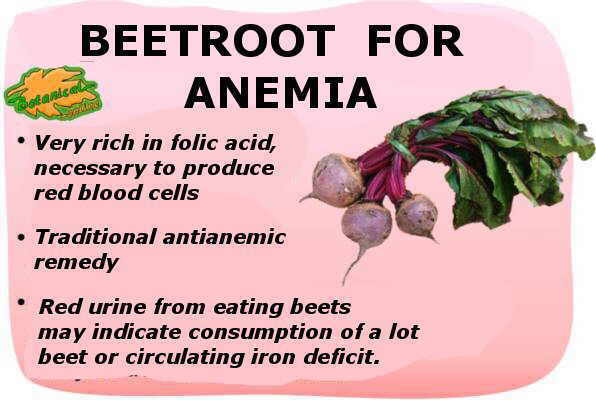 Main properties of beet for anemia or lack of iron
Main properties of beet for anemia or lack of iron
Is beet very rich in iron?
Beet contains 0.8 mg of iron per 100g. It should be mentioned that there are other vegetables richer in iron, however, due to its content in folic acid, this food is an excellent antianemic.
To better assimilate this iron it is recommended to dress with squeezed lemon, which will increase the bioavailability of iron (vitamin C increases the absorption of vegetable iron) and also to give a brighter coloration (citric acid increases the bright red color of beet ).
Traditional remedy for anemia
It seems that the ingestion of beet intervenes in some way in the production of hemoglobin, since it is one of the antianemic foods most described in the different treaties of natural medicine. It is recommended at times such as the presence of anemia (for any reason), leukemia or blood extractions.
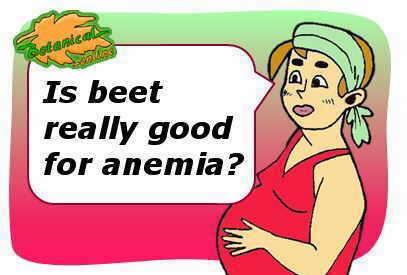
Beet has a lot of folic acid that helps to form iron, so it it good for pregnancy
Beetroot to diagnose iron deficiency?
Traditionally, eating beets is a homemade way to indicate if there is a deficit of circulating iron in the blood.
The reddish pigments of this plant lose their color when combined with iron. That a person experiences a very intense red urine when consuming beet (betacianunuria or betanuria), can give indications of iron deficiency iron deficiency anemia.
It should be borne in mind that the ingestion of a lot of beet can give the same symptoms, and that medical tests will be necessary for the diagnosis of anemia, such as the measurement of blood ferritin, circulating iron, or vitamin B9 levels. B12 plasma.
Do not combine beets with iron-rich foods
Beet has a certain amount of oxalates, some components capable of combining with minerals such as calcium or iron and preventing their absorption. For this reason, these components are known as mineral thieves.
To avoid these effects, it is recommended not to combine beetroot with iron-rich foods and to accompany it with foods rich in calcium.
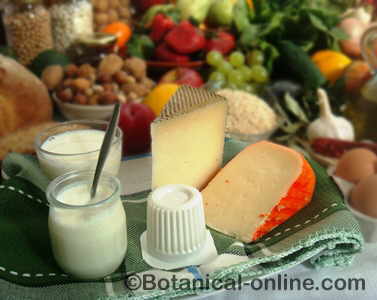
Photo of dairy products, which inactivate the oxalates of beet
Tips for anemia and eating beets
It is recommended that people with anemia or a tendency to anemia follow these recommendations:
- Do not take iron supplements with beet juice.
- If beetroot is consumed in meals, accompany it with foods rich in calcium (calcium forms a compound that neutralizes oxalates and prevents interfering with the absorption of iron). For example, take cheese or a yogurt with natural fruit for dessert, or prepare a yogurt sauce for the beet salad.
How to take beets for anemia?
Beet can be consumed boiled, steamed, in soups, raw in salads, in juices or, for example, in recipes such as beetroot hummus.
* Go on reading:
- Anemia rich iron food
- Types of iron for anemia
- Food with vitamins for anemia
- Bad food for anemia
- Is it enough to eat iron-rich food to avoid anemia?
- Tea and coffee for anemia
![]() More information on anemia.
More information on anemia.


